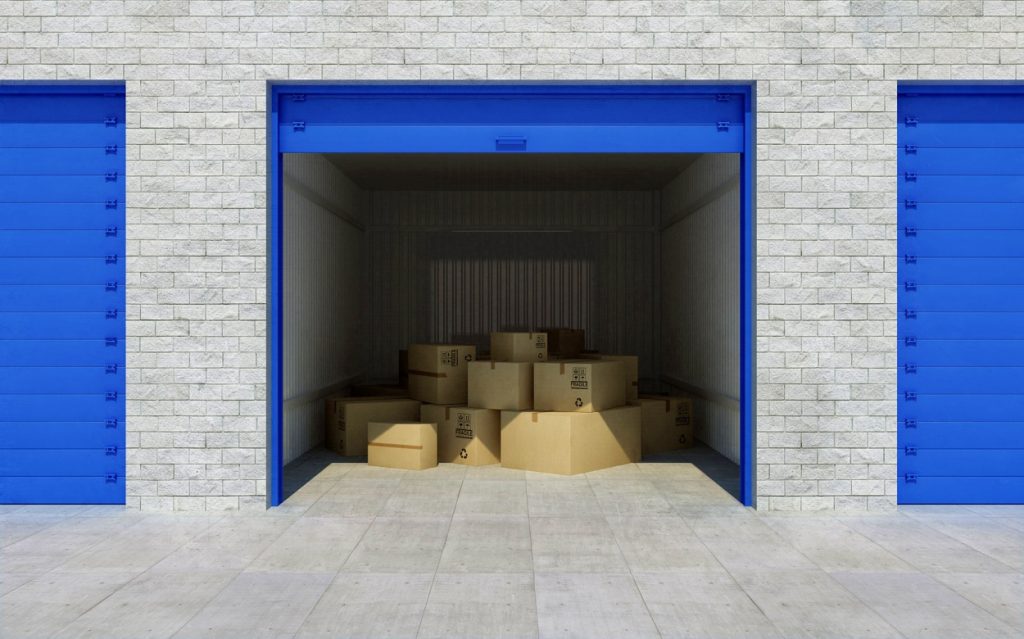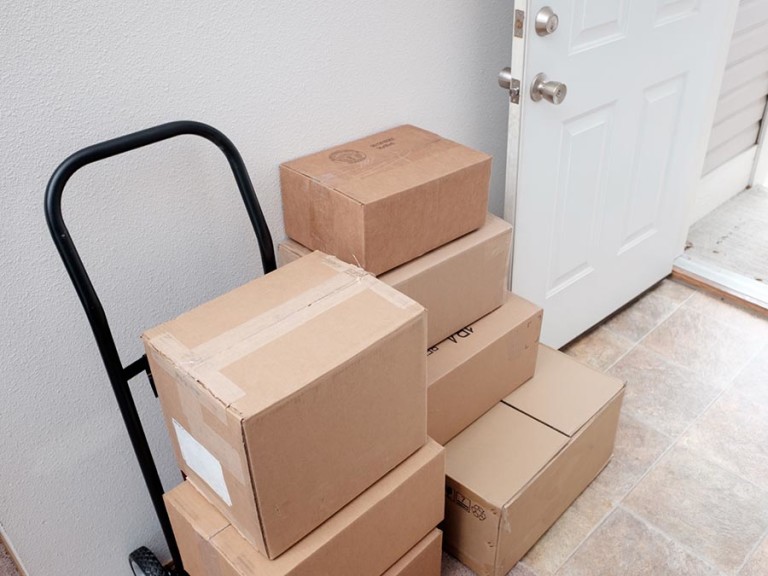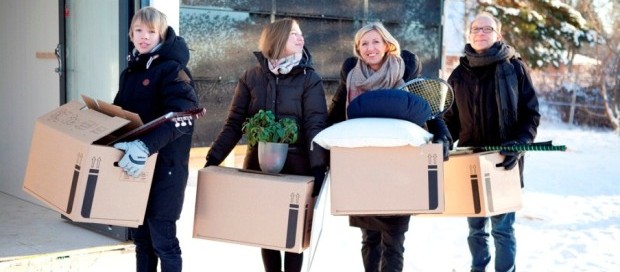
Moving Your Loved Ones Into an Assisted Living Home
There comes a time in life when you have to make the difficult decision of moving your elderly loved one into an assisted living home. Whether it’s a parent, an aunt, or even a beloved neighbor, it’s a difficult time in both of your lives. Pony Express Moving is here to help you navigate this difficult process and make it as stress-free as possible.
Finding the Right Assisted Living Home
Before anything else, the most important step in this process is finding the right home for your loved one. If they get stuck in an environment that isn’t a good fit, it can be extremely difficult for your loved one to feel comfortable. You must remember that this is their home now – and they need to be able to feel at home. Do your research and know which amenities are important to your loved one. Also, use your best judgment to find a home that has the right atmosphere – is your loved one a young soul that needs to be surrounded by other spirited community members to socialize with, or do they need a more quiet, low-key environment? Know your loved one and do the right research to make sure you find them a home that is right for them.
Downsize, Downsize, Downsize!
If your loved one was previously living in a larger house, they may need to downsize when it comes to their possessions. They may not have room for all of their big pieces of living room furniture or their countless pieces of decor that have been accumulated over the years. Talk with the home you have chosen and find out what furniture they supply, and whether or not you can replace existing furniture with your own. While many homes will come with fully furnished rooms, your loved one might feel more comfortable if they can sleep in their own bed and relax on their own couch.
Regardless of what the home provides, it’s very likely that there will not be enough room for all of your loved one’s possessions. Speak with them and help them pack and prioritize what they want to bring with them, what they want to put into storage, and what they want to sell or donate. It can also be helpful to offer to hold onto some of their things by keeping them in your home – whether on display or in a box in the attic – so your loved one feels like they are still connected to their sentimental items.
Moving Day Priorities
Offer to stay with your loved one all throughout moving day and assist them in dealing with the movers. You should also go with them to their new assisted living home and help them unpack. While the task may seem daunting, it can be crucial to try to fully unpack and decorate on moving day. It may seem like a lot of work, but you want them to have a good initial experience in their new home, and not feel like it is an unwelcoming experience. You want them to feel right at home as soon as possible. If unpacking the entire home in one day isn’t possible, make sure you at least unpack the essentials, like clothing and toiletries, and a few personal items to make the place start feeling homey. If you are able to, you can also let them stay with you in your home for a few days during the process, so that they don’t have to live in the hectic moving environment!
Decorate for Comfort
Even though it’ll take some extra time, you should really make it a priority to decorate as soon as you can. If you can finish everything on the move in day, then that’s amazing! You want to be able to set up a warm, welcoming environment to move into so that your loved one doesn’t feel uncomfortable or even potentially sad. If you can’t manage to finish it all in one day, that’s more than okay… just make sure you make finishing moving in a priority and really get to decorating!
 New Year is a time for resolutions. If you’re planning to move, you can already get started on a few of the most popular personal goals.
New Year is a time for resolutions. If you’re planning to move, you can already get started on a few of the most popular personal goals. Planning the Moving Cross Country
Planning the Moving Cross Country The mattress is one of your most important pieces of furniture since you spend a third of your life in it. When you’re moving, it’s the perfect time to ask yourself whether it’s time to invest in a new mattress or if your old one is worth taking with you. Here are some considerations.
The mattress is one of your most important pieces of furniture since you spend a third of your life in it. When you’re moving, it’s the perfect time to ask yourself whether it’s time to invest in a new mattress or if your old one is worth taking with you. Here are some considerations. Not Knowing What the Movers Will Bring on Moving Day.
Not Knowing What the Movers Will Bring on Moving Day.
 Spring forward and fall back may be a daylight savings time expression, but I like to think it applies quite nicely to moving. Of the tens of millions of people who move in North America each year, many have no choice as to when they move. Real estate, family, and work all join in to play a role in dictating the timeliness of a move. However, for those of you who are at liberty to make this transition as stress-free as possible, consider the luxury of this: spring
Spring forward and fall back may be a daylight savings time expression, but I like to think it applies quite nicely to moving. Of the tens of millions of people who move in North America each year, many have no choice as to when they move. Real estate, family, and work all join in to play a role in dictating the timeliness of a move. However, for those of you who are at liberty to make this transition as stress-free as possible, consider the luxury of this: spring 




